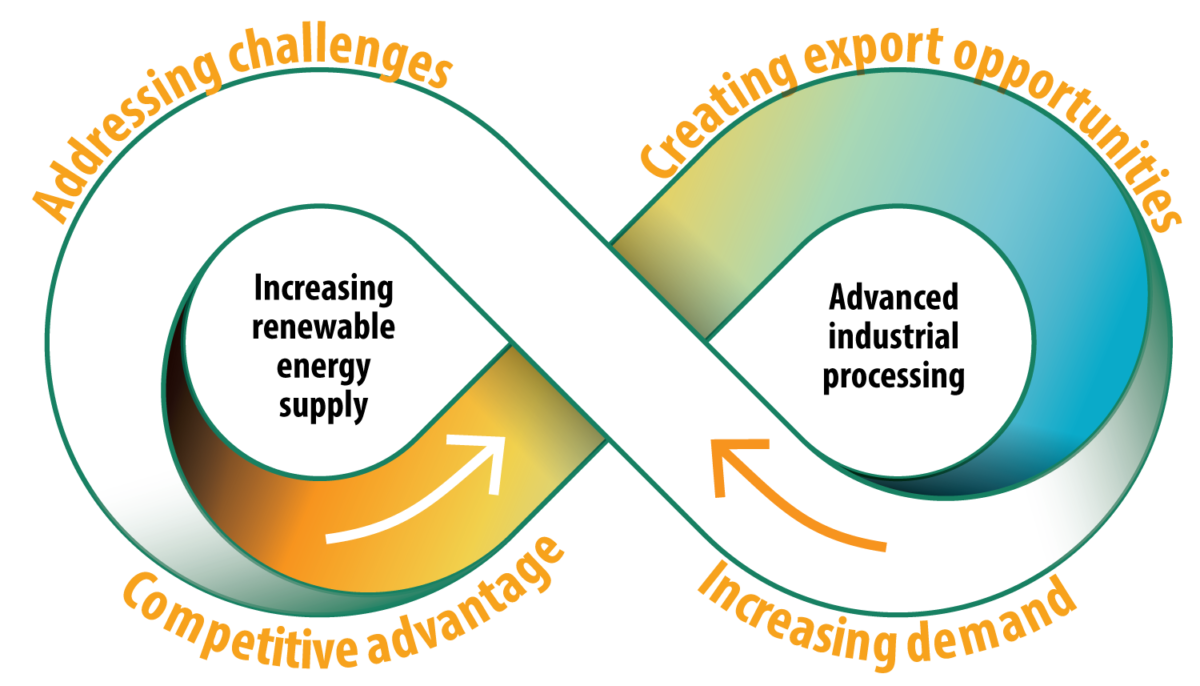The Australian federal government has pulled the plug on two years of funding for the Energy Transition Hub, an international research project, before it releases a technology roadmap that will shift funding from renewables-based carbon-reduction solutions to other “technology-based” ways of meeting Australia’s Paris Agreement commitments.
The University of Melbourne and Australian National University led the collaborative effort, along with leading German research institutions such as the Potsdam Institute for Climate Impact Research (PIK), which was launched in 2017 by a handshake between former Australian Prime Minister Malcolm Turnbull and German Chancellor Angela Merkel at a G7 summit. Its remit has been to combine the resources of the two countries, which have been on similar transition trajectories, to solve problems of energy market design, policy, and regulation.
At the time, co-director of the Energy Transition Hub, Malte Meinshausen – an associate professor at PIK – spoke enthusiastically about the initiative. “The opportunity is to build a new growth vision for Australia that combines the mineral wealth tradition of the past with the renewable potential of the future,” Meinshausen said. “If Australia plays its cards right, the economic advantage of low cost renewable electricity can build new growth that includes energy-intensive industries. An energy transition based on tradition.”
Germany recently decided not to extend funding beyond its initial 2.5-year commitment, which ends this quarter. Last week, program participants were told that the Australian Department of Foreign Affairs and Trade (DFAT) would not follow through on its commitment to fund the collaboration through to 2022 – Australian funding will instead cease in June.
The early exit will see the Australian government redirect the remaining AUD 1.75 million ($1.1 million) in funding for the Energy Transition Hub toward supporting “trategic priorities with Germany and other European partners more effectively, including potential collaboration with Germany on hydrogen,” a spokesperson for DFAT said.
End point
The decision seems designed to emphasize the government’s declaration that support for renewables has reached an end point, as announced by Federal Minister for Energy and Emissions Reduction, Angus Taylor, in a speech to the Committee for Economic Development of Australia (CEDA) in February. He noted that the government has already invested AUD 10.4 billion in clean-tech projects, but claimed that those investments are no longer valuable.
“Wind and solar are economic as a source of pure energy at least, and the government should not crowd out private sector investment … We must move our investments to the next challenges – hydrogen, carbon capture and storage, lithium and advanced livestock feed supplements, to name a few,” Taylor said.
One senior ANU researcher told pv magazine that the move is disappointing. “Loss of hub funding, coupled with the exhaustion of ARENA funding, coupled with a supposed pivot away from government support from solar and wind toward hydrogen and [carbon capture and storage], and other far-away and possibly pie-in-the-sky technologies, is not good,” the researcher said.
Negotiations on support for the hub are shifting to other areas. Ross Garnaut, chair of the hub’s international board – along with colleagues Meinshausen and ANU Professor Frank Jotzo, who is also the director of the Centre for Climate Economics and Policy – are withholding comment until an outcome is reached.
Shift away from hydrogen
A number of hub projects are still in progress, including work on hydrogen synthesis pathways and options for synthetic fuels, including hydrogen, ammonia and hydrocarbons manufactured using CO2 from air-capture, as well as hydrogen from water splitting. That is, the work of the Energy Transition Hub corresponds with the yet-to-be-clarified ambitions of the technology roadmap. But the underlying message appears to be that renewably generated hydrogen is not on the government’s roadmap.
“This slashing of funding is extremely disappointing and calls into question whether the federal government has any real commitment to cutting emissions and transitioning to new energy sources,” Lily D’Ambrosio, Victoria’s Minister for Energy, Environment and Climate Change, told The Sydney Morning Herald on Saturday.
This content is protected by copyright and may not be reused. If you want to cooperate with us and would like to reuse some of our content, please contact: editors@pv-magazine.com.




By submitting this form you agree to pv magazine using your data for the purposes of publishing your comment.
Your personal data will only be disclosed or otherwise transmitted to third parties for the purposes of spam filtering or if this is necessary for technical maintenance of the website. Any other transfer to third parties will not take place unless this is justified on the basis of applicable data protection regulations or if pv magazine is legally obliged to do so.
You may revoke this consent at any time with effect for the future, in which case your personal data will be deleted immediately. Otherwise, your data will be deleted if pv magazine has processed your request or the purpose of data storage is fulfilled.
Further information on data privacy can be found in our Data Protection Policy.